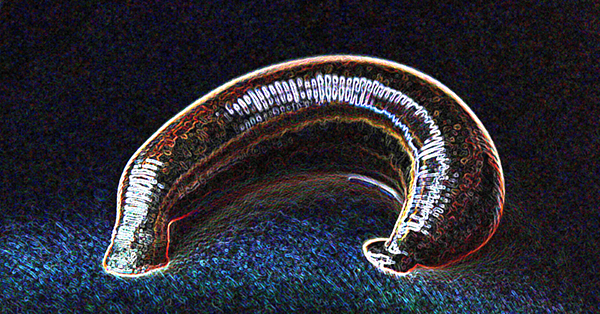
Mysterious balls of light hover temptingly in the air near a forest pathway lit by golden afternoon light that makes everything look pretty and innocent. This is an alteration of an artwork by Darkmoon_Art.
Appearance: Will-o’-wisps appear as floating balls of light, like distant lanterns, that bob tantalizingly between trees, rocks, bushes, or other plants.
How They Form: Will-o’-wisps are a type of ghost formed by deaths that are marked with particularly intense longing and anger, especially those that also involve injustice or betrayal. It is the combination of longing and anger that creates a will-o’-wisp, rather than a different type of ghost. If nothing is done to resolve those emotions, or the injustice or betrayal that caused them, all of that unresolved emotion overwhelms everything else, anchoring the dead person’s spirit to the living world in the form of a vengeful will-o’-wisp that kills anyone it can lure into its trap.
Main Traits: Once they are fully formed, will-o’-wisps know nothing besides the intense longing and anger that they feel. They don’t have any memories, nor do they have any desires outside of acting out their emotions by harming the living.
Like most ghosts, will-o’-wisps are incorporeal and can’t directly harm living people. Instead, the intense longing a will-o’-wisp feels is transmuted by Emotion Magic into a magical lure that compels their victims to follow them. The will-o’-wisp then leads their victim into danger in an attempt to harm or kill them. This danger can be a hazard of the terrain, such as a bog or cliff, or it can be a deadly predator. Will-o’-wisps are particularly known for partnering with Vampire Vine. Continue Reading »
Tags: Crossroads, ghost, incorporeal, lantern, light, magic, Magic Goes Awry, magical, undead, will-o-wisp, will-o'-the-wisp









